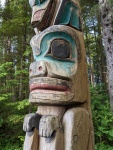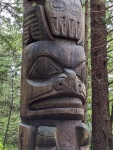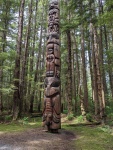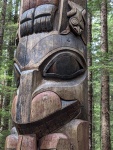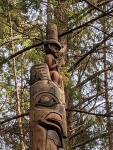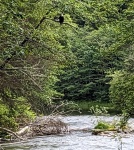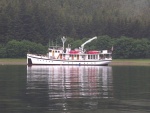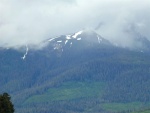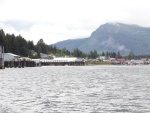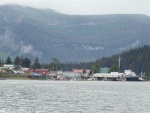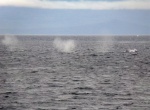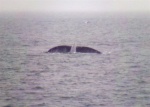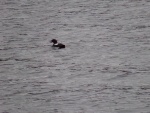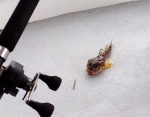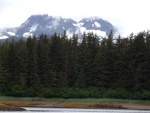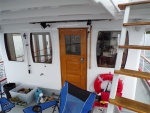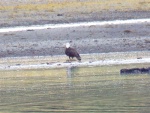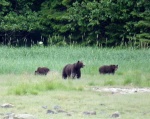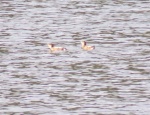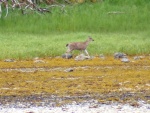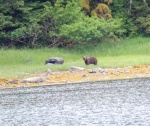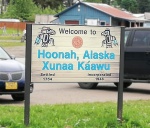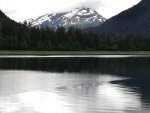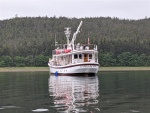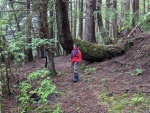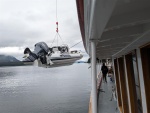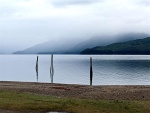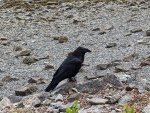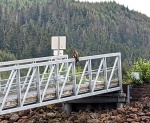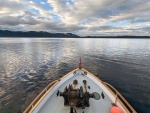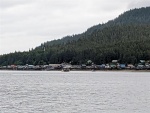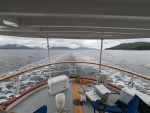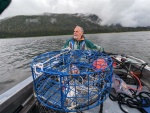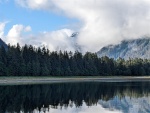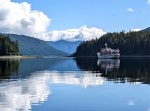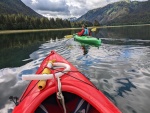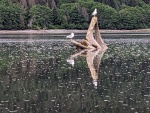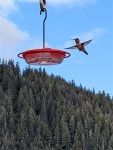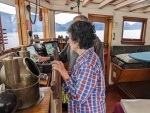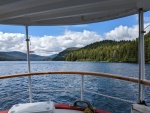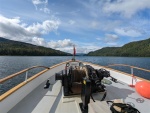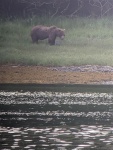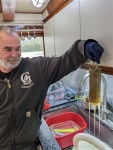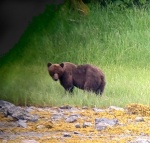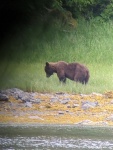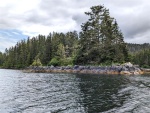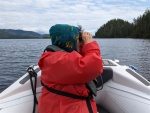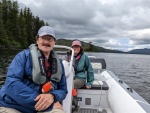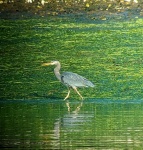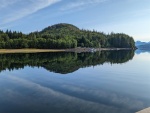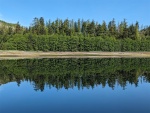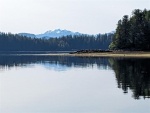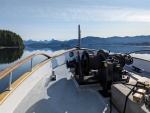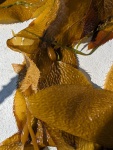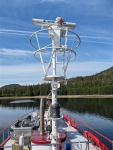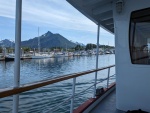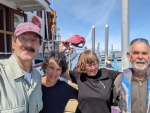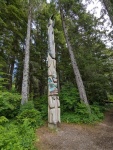Juneau to Sitka aboard the MV Gyrfalcon
Ever since we traveled to Alaska’s Kenai Peninsula, Anchorage, and Denali, we had been talking about going to southern Alaska’s Inside Passage. The choices were numerous – we could take a cruise aboard a big ship, take the inland ferry, or perhaps a small boat. The advantages of a small boat were clear: we could get close to the animals and stop when we see them and travel close to shore. The question was, how small? After reading about the various options, we narrowed in on smaller boats and eventually chose a VERY small boat: the MV Gyrfalcon, a 3 cabin + 2 crew, 88-foot wooden vessel. From their website:
The Gyrfalcon is an 88-foot fantail, designed by H.C. Hanson, a noted Northwest naval architect and protégé of Ted Geary. Built in 1941 by Sagstad Marine of Ballard, she was launched as the Patton (ASV 80), an auxiliary survey vessel for the US Coast and Geodesic Survey (USC&GS).
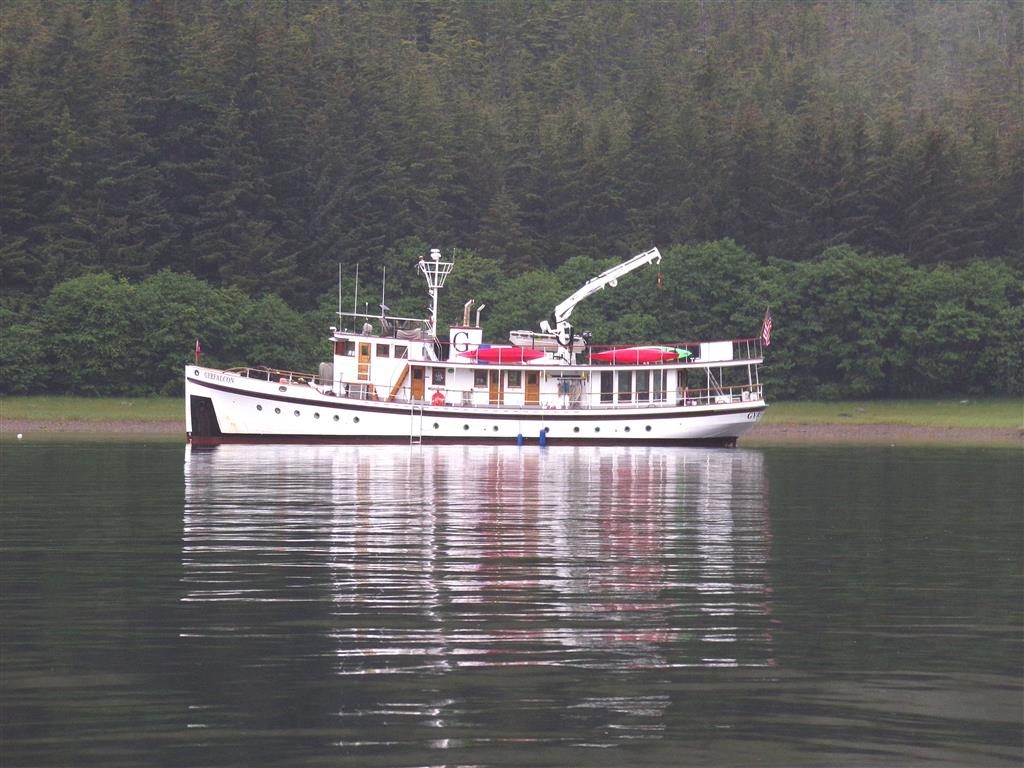
The Gyrfalcon is owned and piloted by Captain and wildlife photographer Nancy Everds and CEE (Chief of Everything Else: Engineer, chef, expert birder, and itinerary planner) Peter Mann. As we quickly learned, we could not have made a better choice.
We flew into Juneau and arrived quite late. Early the next morning (because we were still on East Coast time), we took a short walk along an inlet near our hotel, where we saw several bald eagles. We met Peter and Nancy at the marina in Auke Bay and began our 7-days aboard.
As we oriented ourselves, Peter and Nancy shared some of the interesting history of the Gyrfalcon an some of the places we’d be visiting. We settled into our cozy bedroom and shortly thereafter the boat left for our first destination, Funter Bay. Within an hour, Peter pointed out a large group of 9-12 humpback whales “bubble feeding.” This is when coordinated groups of whales use bubbles to trap fish at the water’s surface. They use the bubbles to herd fish into dense schools in order to maximize the feeding productivity of the group. This complex feeding strategy is unique to whales in Southeast Alaska and are seen only in certain areas and seasons. Although rare, we witnessed bubble feeding several times on this trip! We also saw bald eagles in every imaginable location. As we cruised the region, we explored isolated coves and saw numerous species of birds. On our first day out we also saw orcas. The second day included spotting many sea otters and having Dall’s porpoises weave in and out of the bow, seemingly just to entertain us.
The boat traveled at around 8mph and was steady as a rock. This allowed us to continually scan the shoreline with binoculars – and not a touch of seasickness! Each night, we dropped anchor in a different and stunningly beautiful bay. This gave us a chance to watch for bears and deer on land, as well as watch for whales, seals, sea lions, and many types of birds. In one bay, there were even hummingbirds that came out to the ship! Generally the boat dropped anchor by 4:00 PM, and while the crew prepared the ship and the evening meal, there was plenty of time to read (great library on board!) and just sit gazing at the scenery with a glass of wine/beer.
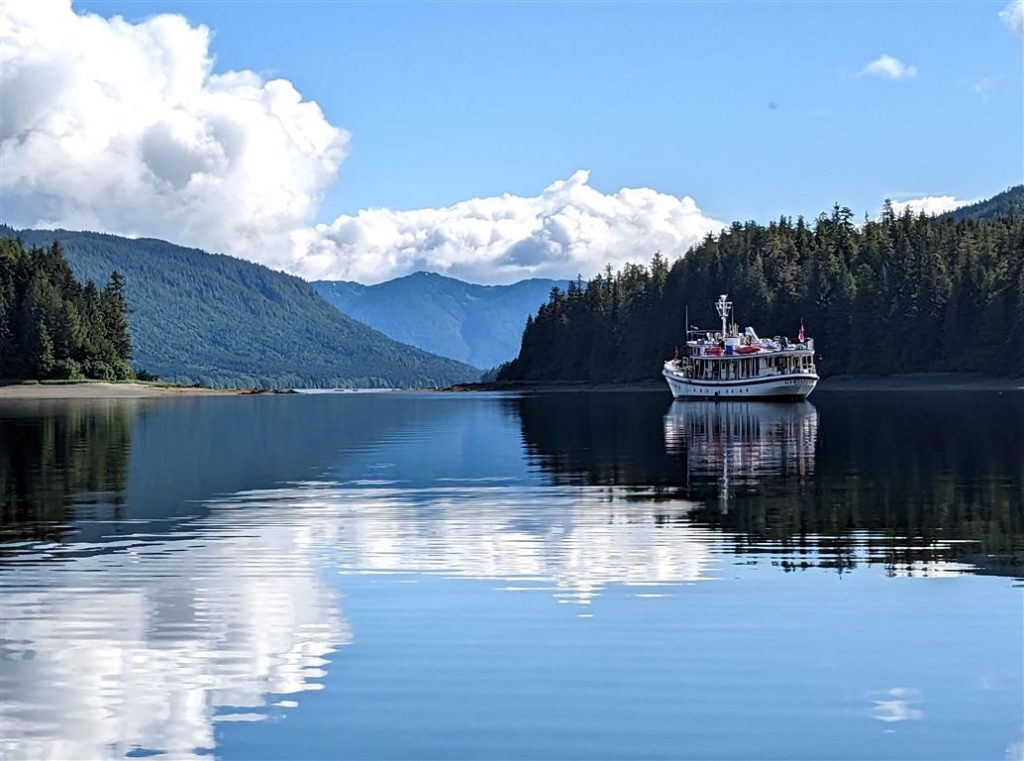
We visited two villages: Hoonah and Tenakee Springs. They couldn’t have been more different. Hoonah is a Tlingit village that has capitalized on the cruise industry. Inland Passage big-ship cruises are enormously popular (although we really don’t understand why). They stop in the larger ports, but also in Hoonah. Here, the Tlingit have built facilities for the larger cruise ships about two miles from their village on the site of an old salmon cannery. The dock area has a cultural center, restaurants, zip line, gondola lift, and the obligatory gift shop. We walked there from the village, and fortunately, everything was closed as the cruise ship had just departed
The village itself was interesting. A totem pole carver was busily at work, using only hand tools to create a large totem pole from a cedar log. The village had beautiful totem poles throughout.
On another day, we visited Tenakee Springs. This is a tiny settlement of summer residents, small lodges, a food market/liquor store, and a small harbor filled with fishing boats. There was just one street, about a half-mile long (but named as East Main Street and West Main Street!) ; the few locals were on ATVs and bicycles. At the foot of the dock was the big tourist attraction, a shack with a sulfurous hot springs bath.
This part of Alaska was the center of Russian activity before the United States bought it. Islands, inlets, bays, and rivers still have Russian names, and many of the residents proudly trace their heritage to this period. We also read about the history of Russia’s colonialism and their horrific treatment of the indigenous people. Of course, at the same time, the US Army was doing the same thing in the Plains states, Deep South and other regions in the continental USA. Years later, the US Navy forcibly evacuated and interned the Unangax̂ (Aleuts) to this region of Alaska to “protect” them from the Japanese. With substandard housing, little funding, and no support, the Unangax̂ suffered greatly.
https://www.nps.gov/articles/000/unangax-internment.htm
In Pavlof Bay, we spotted brown bears and numerous species of birds. The weather, since we had left Juneau, had been typical of Alaska: cloudy and drizzle. But as we left Pavlof Bay and then Tenakee Springs, the weather began to clear.
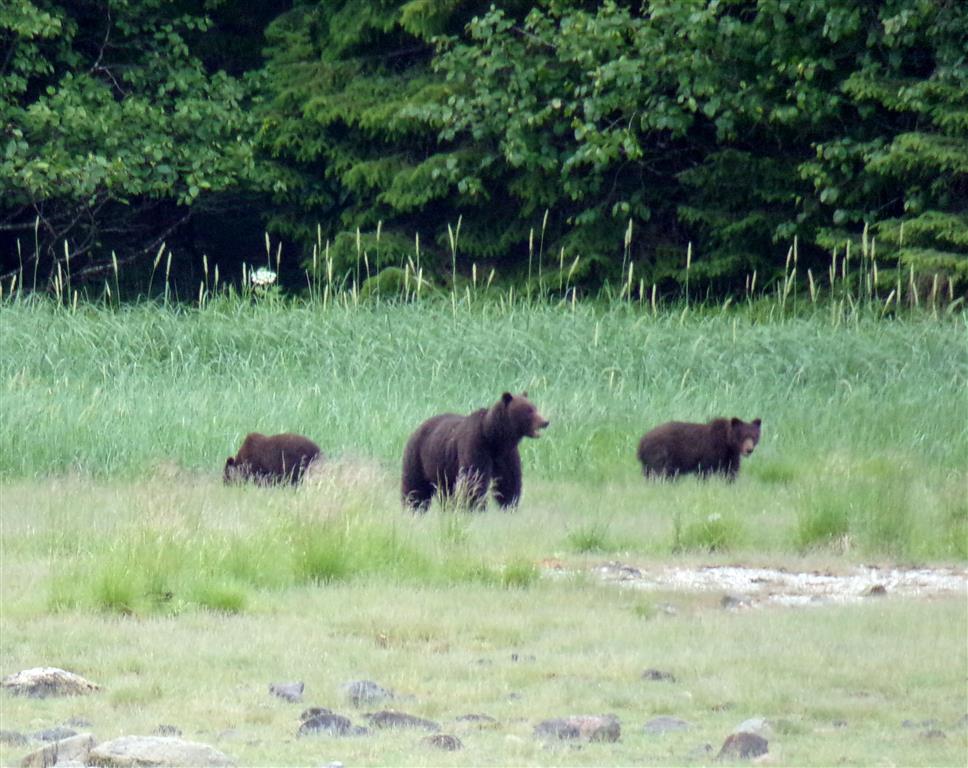
We went through Peril Straits and headed to Rodman Bay. Peril Straits isn’t perilous, but got its name from a fatal incident during a Russian fur seal hunting expedition led by Alexander Baranof in 1799. Baranof party ate poisonous shellfish from the strait, which resulted in approximately 150 deaths. Beyond the strait are the points Poison Cove and Deadman’s Reach, also named for the incident. As the weather was cooperative, Peter and Nancy lowered the kayaks for us, and we were able to get quite close to the seals fishing near the shore.
As we left Rodman Bay, a whale played in bay behind the boat, giving us a great “tail shot” before we headed to Deep Bay, through Sergius Narrows. This is the area that should have been named ‘Peril Straits’, due to the tidal surge, narrow passage, whirlpools, and numerous rocks. Captain Nancy was hyper-alert as she navigated through the current and numerous whirlpools, keeping the boat perfectly on course.
As we got closer to Sitka, we had several bear sightings, including a mother with cubs. The bears were enormous, and convinced us that hiking was not an option in this part of Alaska. Our last night was in Mud Bay, where we were able to watch a great blue heron patrolling the shoreline, scooping up small fish one by one. We disembarked in Sitka, and explored that small town, especially enjoying the National Park that included excellent totem polls.
In the entire journey, we may not have traveled far, but we saw an amazing array of birds, bears, deer, and marine mammals. We were treated to Nancy & Peter’s warm hospitality as they shared their love of the Alaska coast – and enjoyed their way-too-good cooking; every meal was delicious. While a very small-boat cruise may not be for everyone, it was perfect for us.
MV Gyrfalcon: https://gyrfalcon88.com/
Wildlife and bird list
Humpback whales
Orcas
Dall’s Porpoises
Harbor Seals
Sea Lions
Sea Otters
Brown bear
Sitka deer
Birds
Bald Eagle
Raven
Crow
Pigeon guillemot
Harlequin duck
Marbled murrelet
Surf scooter
Black oystercatcher
Junco
Pacific loon
Swainson’s Thrush
Great Blue Heron
Short billed gull
Mew Gull
Bonaparte’s Gull
Other gulls that all looked alike
Arctic tern
American robin
Song sparrows
Rufous hummingbird
